How to activate yeast in 3 easy steps
If you want to bake with confidence, learning how to activate yeast is the first step. For some reason, this terrifies about 99% of the people I know. Not just the activating, but the rising, kneading and baking that usually comes with it. But baking soft cinnamon rolls or a loaf of homemade bread won’t happen without it. This the part you don’t want to miss–let me show you how easy it is!
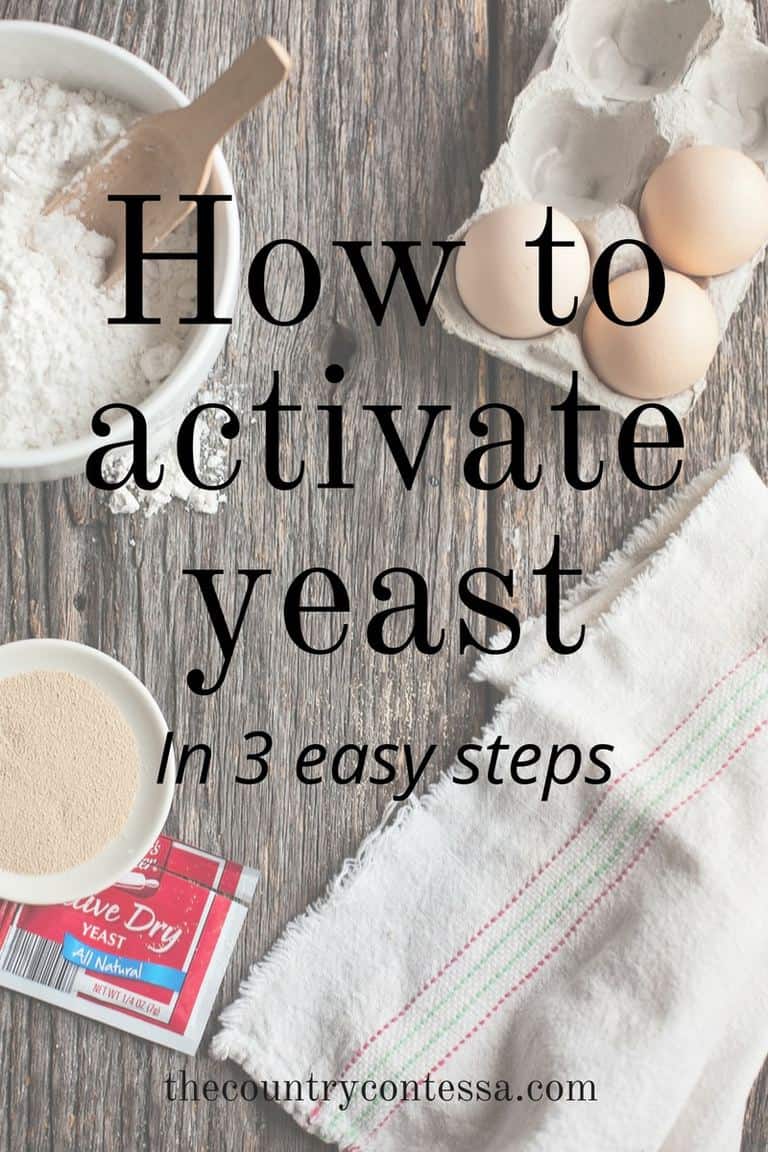
Maybe you’ve heard or lived the horror stories of trying to bake with yeast. You didn’t make bread. You made hockey pucks.
You didn’t make cinnamon rolls, you made petrified stone for your flower bed. Flat, hard, dry stuff that just didn’t do what you thought it would. What went wrong? It was something with your yeast which works as the leavening agent (the thing that makes bread rise).
There are only two things you can do to yeast: 1) not wake it up or 2) kill it. Both of which will make your bread flatter than a flitter. Because we all have absolutely no idea what a flitter is, but it sounds good.
Where do I get yeast?
You’ll find yeast in the baking aisle near the flour. It’s sold in a jar (way too much for most people to use) or in a three pack strip. Simply cut one or two packets from the strip to use as your recipe states. Each packet is about 2 1/4 teaspoons of the jarred kind.
Is there more than one kind of yeast?
Yep. You’ll probably see “fast acting” (sometimes called Rapid Rise) and regular. I just use regular. You aren’t going to save any time with the rapid rise kind really. There’s also fresh yeast, but it’s harder to find and not worth talking about right now.
Before you activate yeast
Before you properly activate your yeast with my method, do me a favor and check the expiration date on the package. Flip over the strip and make sure it’s still in date. Even if it expires that month, you should be fine. Just don’t use it if it’s out dated. It’s probably useless and there’s no point in risking in.
How to activate yeast: Step 1
This is the part that usually gets people, but it’s easy.
Yeast needs warm water to activate. How warm? Experts say about 110 degrees but who’s checking that?
Here’s how I do it: run some tap water until it’s warm. Not hot. Just warm. Now bump the faucet till you can say “Well, that’s definitely hotter than warm. Not so hot I want to wash dishes in it or anything, but hot enough.”
That’s the temperature you want. Fill your cup with the amount of water called for in the recipe (usually a cup) and sprinkle your packet of yeast over the top of the water. You don’t even need to stir it in. That’s what I did in this picture:
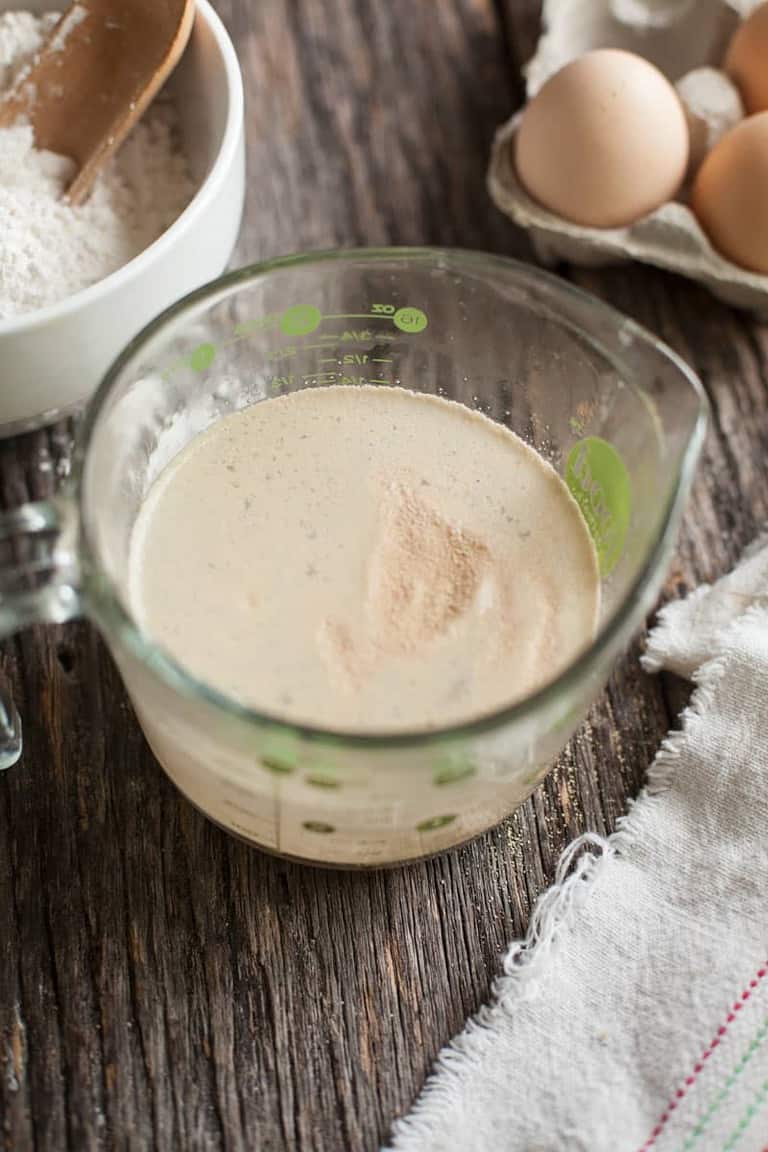
How to activate yeast step 2: Add a little sugar
Once you get the yeast on the water, add about a teaspoon of granulated sugar. Yeast is fed by sugar and this will help it multiply and activate with a little snack in its belly. Basically it speeds up the process.
Drop in the sugar and give it a stir with a spoon. After a couple of minutes it will start to look cloudy and have a little bit of foam on top. Be patient. The time is not yet! It looks like this:
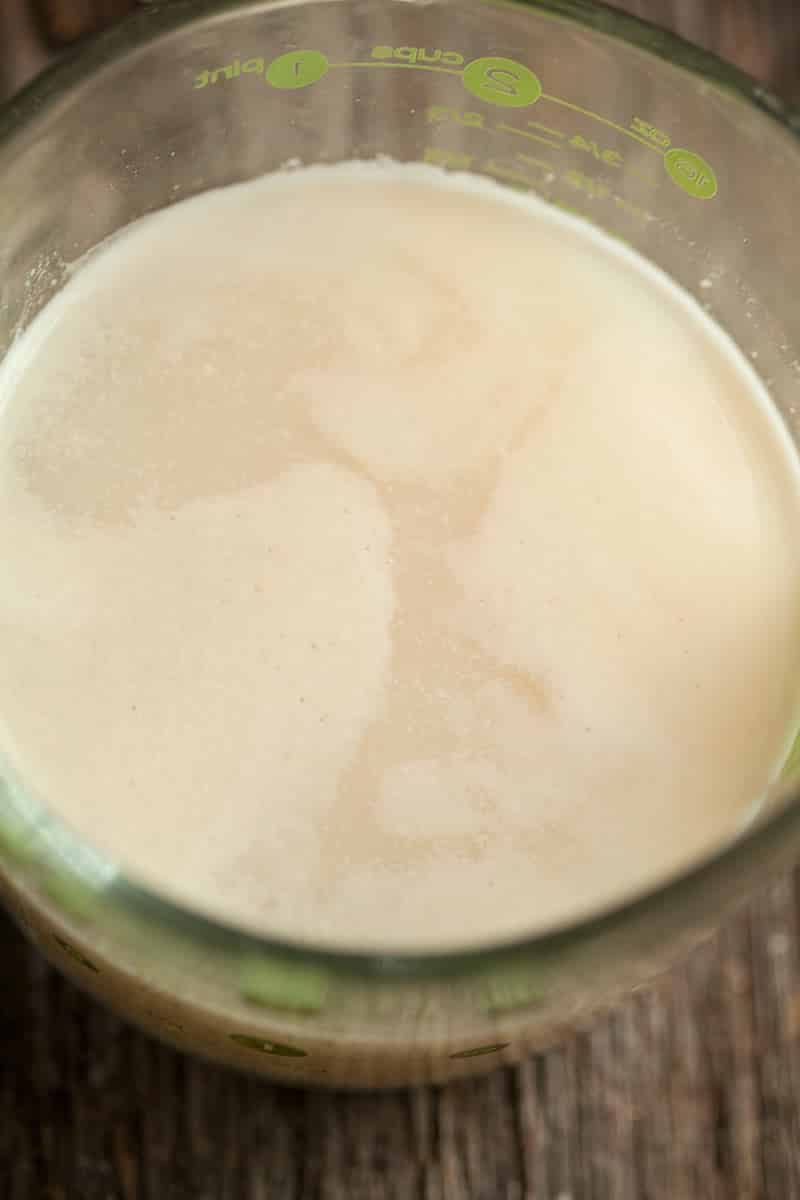
How to activate yeast step 3: Give it time
Depending on how warm your house is and how warm your water is, this step may take longer for some people. TV people say “five minutes” until your yeast starts to foam, but in my house where it’s cool right now, this step can take up to 15 minutes.
Sometimes I just stand there and watch my yeast like a nut case waiting to see something bubble to the top (and it will). When I see that, I just go ahead and throw it in my dough. But if you want to be totally sure, wait for this kind of foam or activity in the cup:
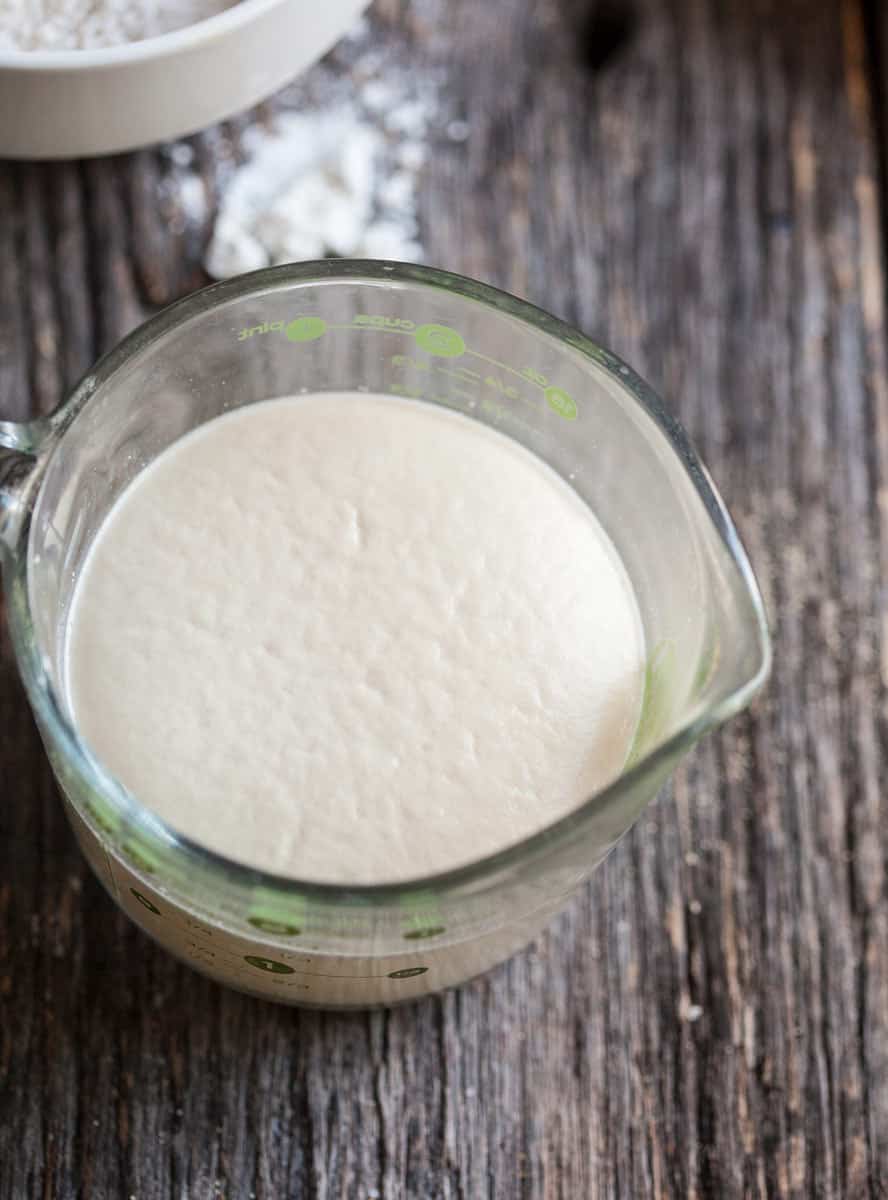
Once you see the foam, you’re ready to use your yeast in any recipe it calls for. If you DON’T see foam and you’ve been patient (given it 15 minutes or so), try again with another packet. If you made your water hot, try reducing that heat a bit and give it another try.
Just don’t go on and put it in your recipe like that. Lord knows nobody wants to waste hours baking something that is dead on arrival.
Still have questions? Watch me here:
Are you ready to bake? I knew it. 🙂
Get started with these easy recipes: Pull Apart Pumpkin Bread, Easy Yeast Rolls, or Soft Cinnamon Rolls.
Still have questions about how to activate yeast or anything on this topic? Comment below and let me know–I’m glad to help!


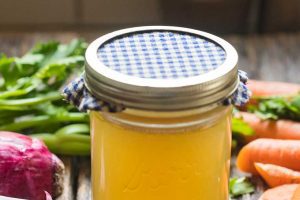
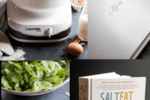
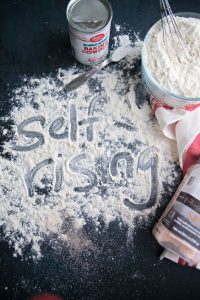
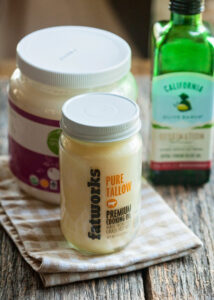

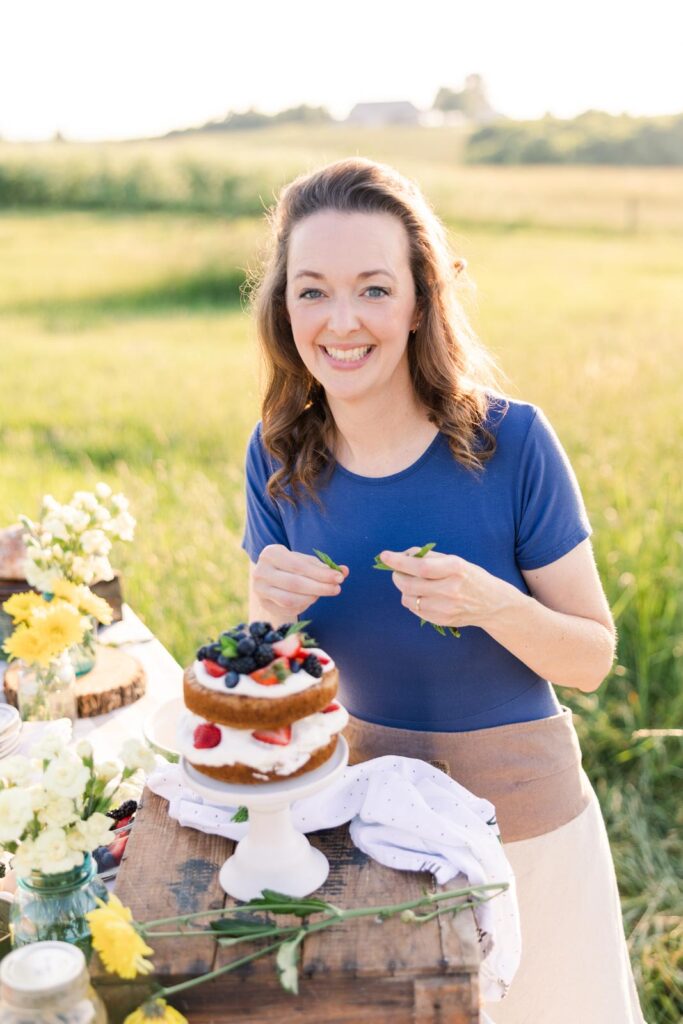
I was supposed to use 1/2;cup of sugar but only added 1/4. Will this hurt my sweet dough? It is rizing
Nope it won’t Karen. It just won’t be as sweet, but it will still rise fine. Just remember if they don’t taste like you’d expect them to, that’s why. 😉 I’ve done it too. And worse! –Rachel
After an hour or so the bread would not rise, should I throw it out. Kept the kitchen warm but still stayed flat. Guess it should be thrown out. Yeast was not outdated. Can one but smallnproofera for the kitchen
Hey Lydia, it’s really hard for me to know what happened since I’m not there to see it–but my guess is this: if your yeast was active and you’re sure it was, then your recipe needs more rise time. Depending on what was in your recipe (like eggs, butter, nuts, berries, etc) they can dramatically slow down your rise time. Bread’s ideal rising temperature is 80 to 85 degrees and I’d be willing to bet your house wasn’t that warm. Even for me, a basic roll recipe takes up to two hours to double in size. I think it needed longer to rise. –Rachel
I used warm water sugar and yeast as well in a cup but it’s doesn’t activate. I opened yeast packet 8 months back and it will be expired in Aug 2019. So is the yeast dead?
Hey Noor, well it shouldn’t be if it doesn’t expire until 2019. If you bought yours in a bulk container and not in packets it should be stored in the refrigerator. The only other possibility is that you killed the yeast if the water was too hot. I’d replace it and try again. If you don’t use it very much, just get the packets. –Rachel
Im using 1tsp of yeast. How much water and sugar do I add?
Ivy that will depend on your recipe so you’ll need to look at that. Usually the recipe will say “dissolve yeast in 1/2 cup warm water” or something like that. If the recipe has sugar in it, put a teaspoon or so in your water with the yeast and add the rest to the recipe. I hope that makes sense! –Rachel
I accidentally put salt in with my sugar. Will that ruin it? Should I throw it out and do it again?
Britney did the salt TOUCH the yeast? If so, you may need to, yes. Salt kills yeast if it comes into direct contact with it. You can just watch the container and see if it foams up despite the salt being added (and it may do just fine) but if it doesn’t foam, toss it. –Rachel
Thanks so much this helped a lot. If my yeast don’t foam at all is my jar bad? Long story short, by mistake I put my jar in the pantry instead of the freezer or fridge for about a month before I realized it was supposed to be Refrigerated. ?
Claudia, I use the packets so I don’t keep a whole jar on hand but yes, usually it needs to be refrigerated if you buy it in bulk. If yours doesn’t foam at all, then it’s probably bad and it’s best to just toss it and get fresh rather than risk it and waste ingredients. Try again! –Rachel
My yeast usually smells spoiled. Is my water too hot?
He Debra, help me understand what you mean by spoiled? My guess is that you aren’t familiar with the smell of yeast. It has a smell when it’s properly proved and it may be a little hard to explain in words but it’s sort of a tangy sweet smell–like the smell of bread! Yeast doesn’t spoil. It dies. It’s a living organism. So if you used water that was too hot, you’d only kill it and it wouldn’t foam up and then your bread wouldn’t rise. Just like with the expiration date on the yeast package, if you used it past that date it wouldn’t be spoiled, it would just be dead. Does that make sense? My guess is that your yeast is fine. 🙂 –Rachel
Wow never seen it explained so easy-pictures really help
Yep it’s really super simple Mel! Try it and you’ll see that there’s nothing to be scared of.
I guess I have been fortunate, my Costco sized bag of dry yeast must be 10 years old and activates beautifully!
You are very fortunate–and in fact–sort of odd Kitty. 😉 Yeast has an expiration date and is a live organism so I would think that after 10 years it would be done for! Glad yours is still working. Sounds like I need to get myself some Costco yeast! –Rachel
Hi there
how much is ‘2 envelopes of yeast’ please?
Hi. Each package is 7 grams–so 14 grams if you want to measure it. Or it’s about 2 1/4 teaspoons each–so 4 1/2 total teaspoons in two packages. –Rachel